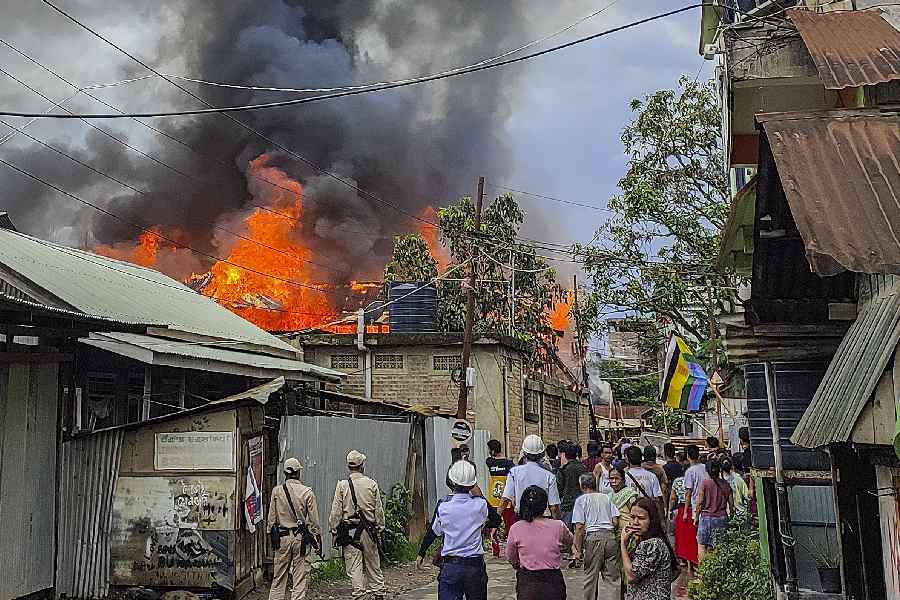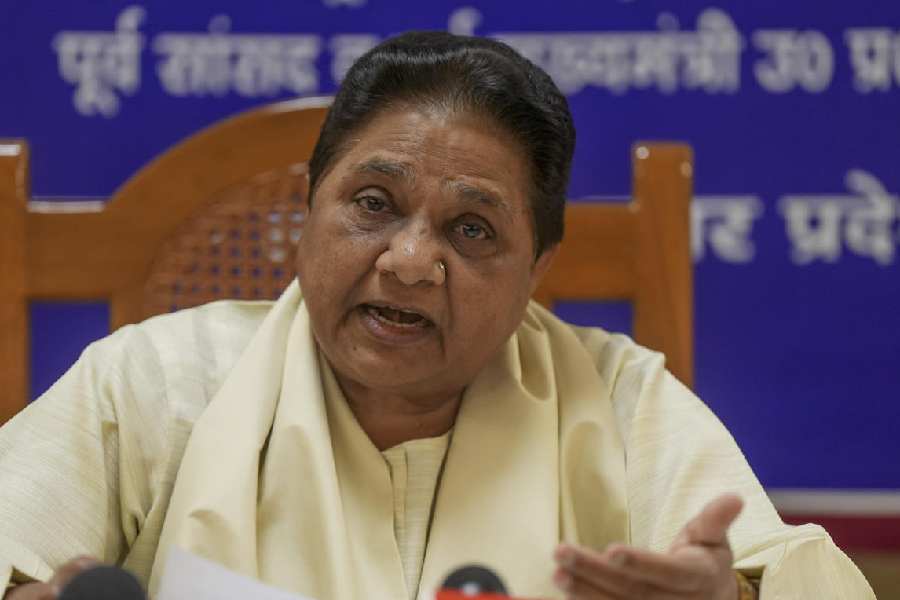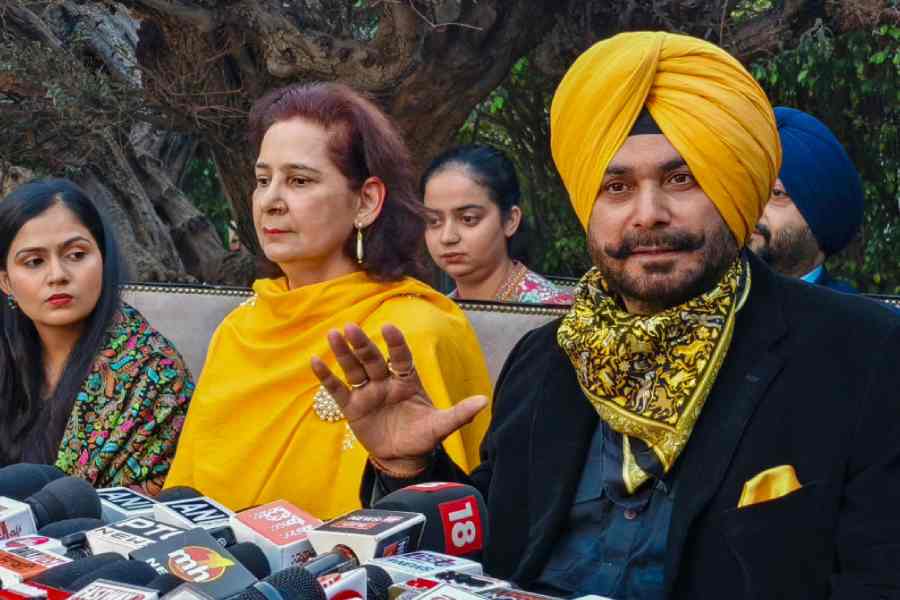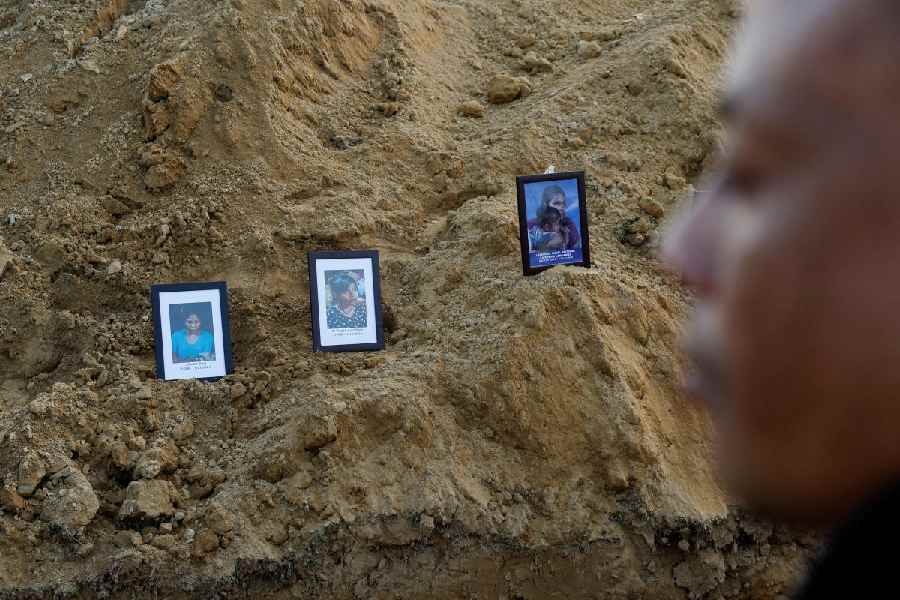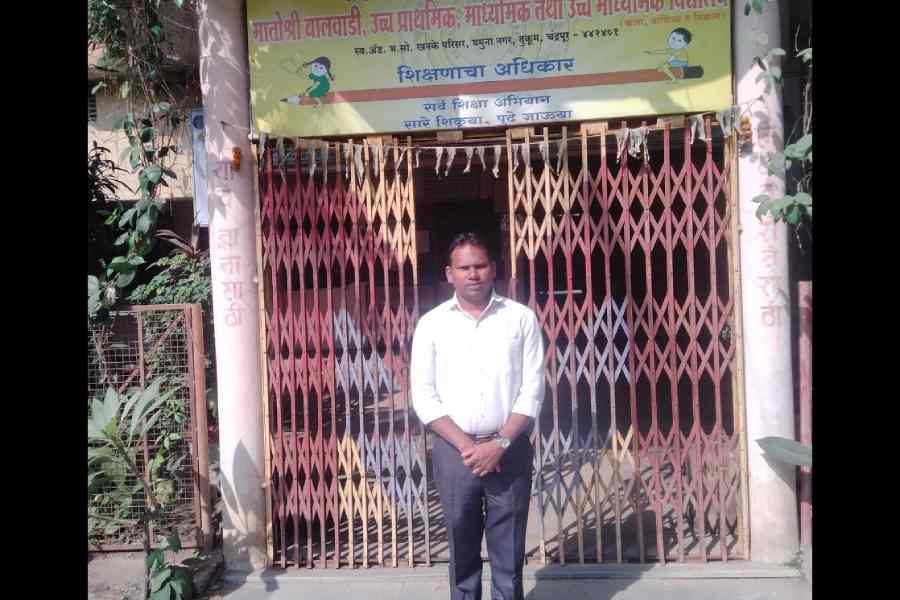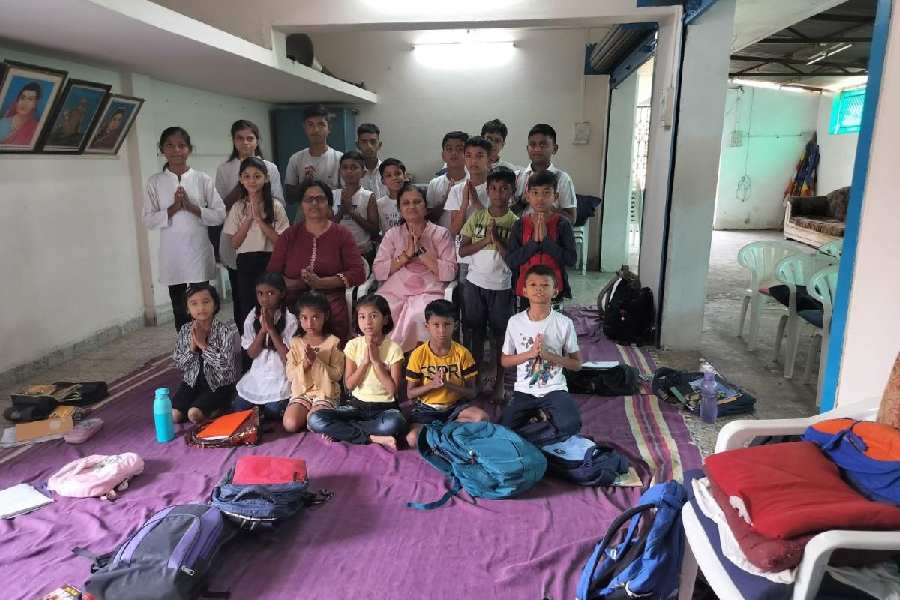Manipur on Tuesday skipped the annual royal Rath Yatra procession because of the ongoing ethnic violence which has claimed more than 100 lives and left thousands of people internally displaced.
However, the other rituals associated with the festival will be observed in various temples in a subdued manner.
Nabakumar Sharma, a member of the Brahma Sabha, told PTI: "We decided not to hold the annual public royal Rath Yatra (Kang) procession due to the unrest and violence in the state. The last time we skipped the procession was during the Corona period." The Brahma Sabha is an integral part of the religious functions associated with Hinduism in the state.
"ISKCON will also not hold the public procession of pulling the cart," Nabakumar added.
On the day of Kang or Rath Yatra, the idols of Lord Jagannath and his two siblings - Devi Subhadra and Lord Balabhadra - are taken out of Shree Govindaji Temple at the Palace Compound in Imphal and placed at a chariot which is then pulled by devotees for a ceremonial procession of 200 metres.
Individual chariots are also taken out by Meitei Brahmin families in every locality on the occasion every year.
“Majority of people will not carry out individual chariots to show our condolences for the lives lost in the violence," Devata Sharma, a Meitei Brahmin, told PTI.
The foundation of worship of Lord Jagannath was laid for the first time in Manipur during the reign of Meidingu Charairongba (1697-1709 AD) when a Brahmin from Puri in Odisha was given settlement at Brahmapur locality. The descendants of the Brahmin got royal patronage to observe Rath Yatra.
The Rath Yatra celebration started at the royal palace in 1780 during the reign of Maharaja Bhagyachandra. It became a public festival in 1832 during the reign of Maharaja Gambhir Singh after the Shree Govindaji temple was built.
Except for the headline, this story has not been edited by The Telegraph Online staff and has been published from a syndicated feed.

